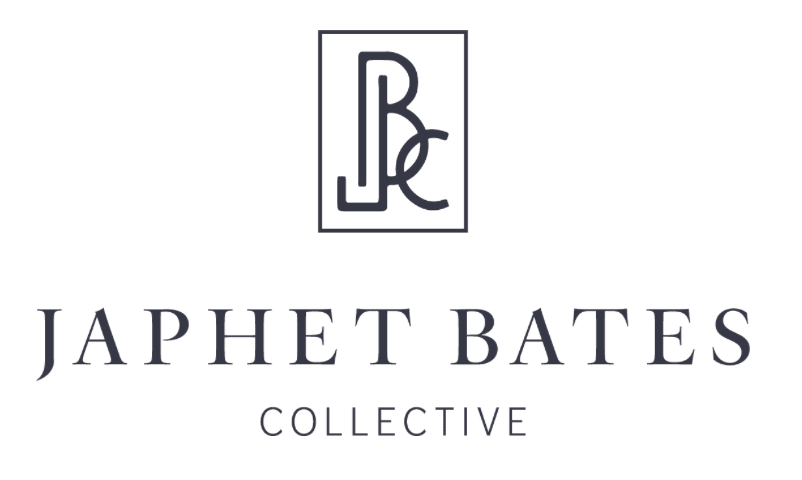Japhet Bates Collective is pleased to announce Floral Arrangements, a solo exhibition by American artist Catherine Howe. An opening reception will be held on October 22nd, 5:00 - 8:00 PM at our new gallery. The exhibition will be on view through November 21, 2025.
Artist Statement
By creating botanical characters that are not in the expected naturalistic colors of the garden, the content is shifted and made more complex. I am responding to nature, but imposing upon it, my own desires, fears, hopes, etc., transposing it into more symbolic, esoteric, terrain.
The work in Floral Arrangements may start in the spirit of Abstract Expressionism. However, there is a different attitude. It is a reconsideration- an overlay of a sophisticated feminine beauty that is neither a critique or a negation of the authentic expression underneath but pushes the work into a different realm completely. Wildly lyrical but considered at the same time- they display a complicated beauty: a fusion of passion and restraint.
In 1952 Harold Rosenberg said a painting is “…an arena in which to act”.
The idea here is that the canvas is a space for the painter to act upon, rather than a surface to reproduce an image. The resulting work is the product of the encounter between the painter and the canvas, rather than merely a preconceived image.
I don’t conceive of my work as being a picture or an image. The work is built up in layers, each layer, resulting from a separate often full- body, “action”, a separate session of painting. Some of these actions are very slow and deliberate, such as applying the glue and the resulting metal leafs: copper, gold, aluminum, white/black foil. Other moments require swift, decisive and spontaneous action, such as painting with the resinous acrylic paint on top of the many- layered prepared field. As the piece is built up, each separate action- filled layer has a rhyme and reason, a strategy of its own and they’re all different. As I use clear acrylic mediums at certain points in the process, I have the equivalent of an invisible painting - all the imagery is there, but it cannot be seen yet. It will be revealed when I apply additional materials. As in alchemy, the results are not merely the sum of the parts, but something different; hopefully something greater.
Each piece begins with several layers of custom mixed acrylic paint. These paints are sometimes made out of powdered iridescent mica and other mineral pigments combined with acrylic mediums to control the sheen and the consistency. The light will be refracted as the viewer moves from side to side creating iridescence and color shifts. They cannot be made any other way. The interference pigment changes from one color to its opposite on the color wheel. Other, more high-chroma works start with fields made of matte acrylics and “luminous” pigments combined with pure color under- painting. The resultant hue is created from this built-up combination rather than pre-mixing a color on a pallet.
While the initial layer of the field is still wet, I sometimes create an incised drawing slicing into the wet paint with a silicone tool that will remain at the bottom of the painting. These ghostly lines resemble traces of pollen or birds suspended in the air and provide an illusion of depth in the finished work.
The most decisive session is when the imagery is put down. This originates with a pour of a custom- mixed resinous acrylic medium that allows for pouring and fluid application, as well as allowing a certain amount of texture and relief to remain on the surface. It has to be exactly right or the imagery will slide right off the canvas. All of this happens with the painting in a horizontal position to allow for the maximum control of the pour.
After the pour, I evaluate the composition and decide which brushes tools, squeegees, scrapers, etc. I will employ, to create the imagery. This is done from an arsenal of tools laid out before- hand, much the way a chef prepares their work area before commencing an elaborate dish. Guided by the pour and my intentions for the peace, I create botanical floral images, using silicone scrapers and brushes amongst other handmade tools. I have a certain amount of control over this while there’s also chance elements that arise as the paint continues to spread and move on its own volition. Even gravity participates. Forces of nature act upon the piece and I must continually reevaluate my own movements in accordance with this phenomenon.
In some pieces a third action, after the relief- painted imagery has dried, is the application of metal leaf. Metal leaf creates an unusual, perhaps even unnatural finish for the botanical imagery. It refers back to decorative techniques and motifs, and I intend there to be tension between the seriousness of the gestural abstracted imagery and the playfulness of the decorative finishes. After the leafing is complete, I may add a gestural drawing done with a clear, resinous gel that I apply from squirt bottles. I then pour on hundreds of tiny glass beads in metallic tones to embody and thus reveal the drawing.
The final session is not glamorous. It involves using a very clean vacuum attachment to sweep off all the residual leaf material and stray glass beads, leaving the finished piece, a mysterious conglomeration of perhaps strange but heartfelt actions inspired by nature but pulled out of my own interior landscape.
Catherine Howe, Clermont, NY, 2025

